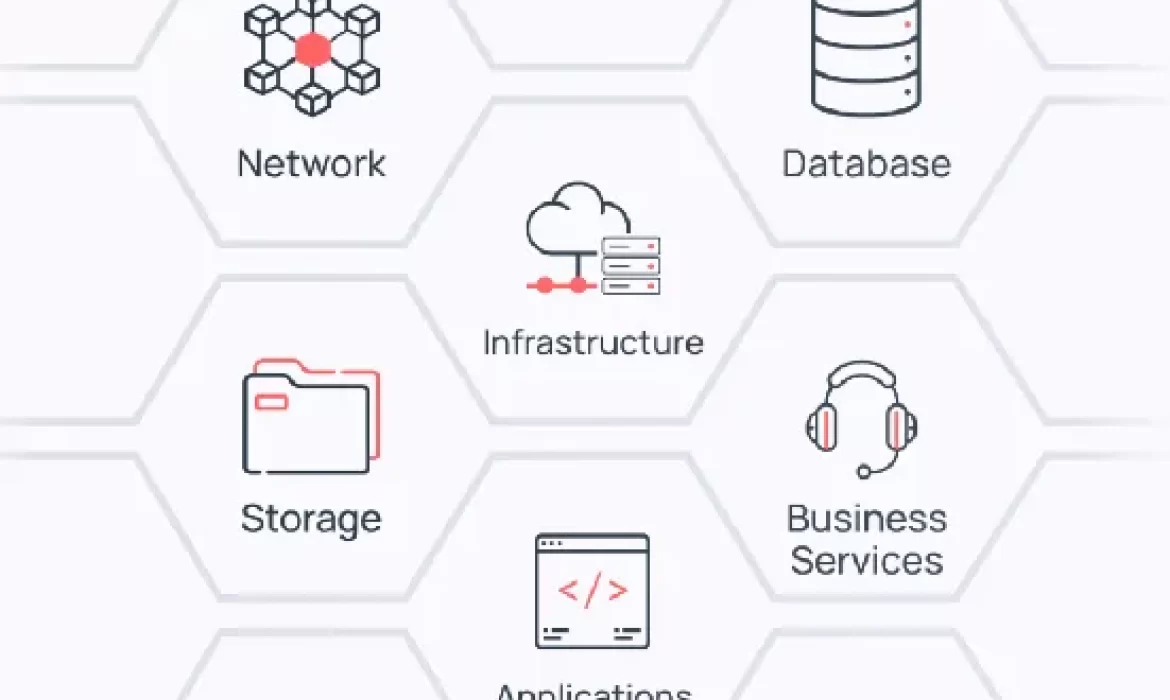ProtonsAI is an Observability software consulting company located in Seattle, WA that provides expertise, tools, and support to help organizations implement effective observability practices, enhancing their ability to monitor, understand, and optimize their software systems and infrastructure.
One of the first steps in our engagement is a Complementary Observability and Monitoring audit. We do a review of your software, infrastructure and network architecture with a detailed insights report on gaps and cost savings. We also help develop observability strategy that includes tool selection, data collection policies, KPI development with system to business metrics integration
What to expect from an observability audit report
An observability audit report is a comprehensive document that evaluates the effectiveness, efficiency, and coverage of an organization’s observability infrastructure.
Observability, in the context of IT and software engineering, refers to the ability to monitor, understand, and diagnose the internal state of a system based on its external outputs. The audit report will typically cover several key aspects:
- System Coverage: Evaluates how well the observability tools and practices cover the critical components of the system, including services, applications, infrastructure, and network elements.
- Tooling and Technologies: Assesses the tools and technologies in use for logging, monitoring, tracing, and alerting. This includes an evaluation of their integration, scalability, and suitability for the organization’s needs.
- Data Quality and Accessibility: Looks at the quality, consistency, and completeness of the data collected through observability tools. It also assesses how accessible and understandable this data is for various stakeholders.
- Alerts and Notifications: Reviews the alerting system for its effectiveness in notifying the relevant personnel about critical issues. This includes an analysis of alert thresholds, false positive rates, and the overall alert fatigue experienced by the team.
- Incident Response and Troubleshooting: Evaluates the processes and tools in place for incident response and troubleshooting, including how observability data is used to diagnose and resolve issues.
- Performance Metrics: Assesses the key performance indicators (KPIs) and service level objectives (SLOs) being monitored, ensuring they are aligned with business goals and user expectations.
- Compliance and Security: Examines observability practices and data handling for compliance with relevant regulations and standards. This includes data privacy, retention policies, and security measures.
- Integration and Interoperability: Looks at how well the observability tools integrate with other systems and tools in use, such as CI/CD pipelines, configuration management, and cloud services.
- Cost Management: Reviews the cost-effectiveness of the observability infrastructure, including the costs associated with tooling, storage, and operational overhead.
- Recommendations for Improvement: Based on the findings, the report will usually conclude with a set of recommendations for improving observability practices, tooling, and processes within the organization.
The goal of an observability audit report is to provide actionable insights that can help an organization enhance its ability to detect and resolve issues efficiently, improve system performance, and ultimately deliver a better experience to its users.
As part of the Observability audit, we also do a quick documentation of systems architecture and data flow/lineage study and provide an independent review.
Here are some examples of results customers achieved from an audit performed by our team.
- Stop Collecting and paying for data that does nothing for your business.
- Triage issues in minutes, not hours
- Reduce false positives in your alarms, alleviate alert fatigue
- Reduce cost of operating your Observability stack by optimizing Logs and Metrics instrumentation
Reach out to us at https://protons.ai or email us at [email protected] to learn more.

